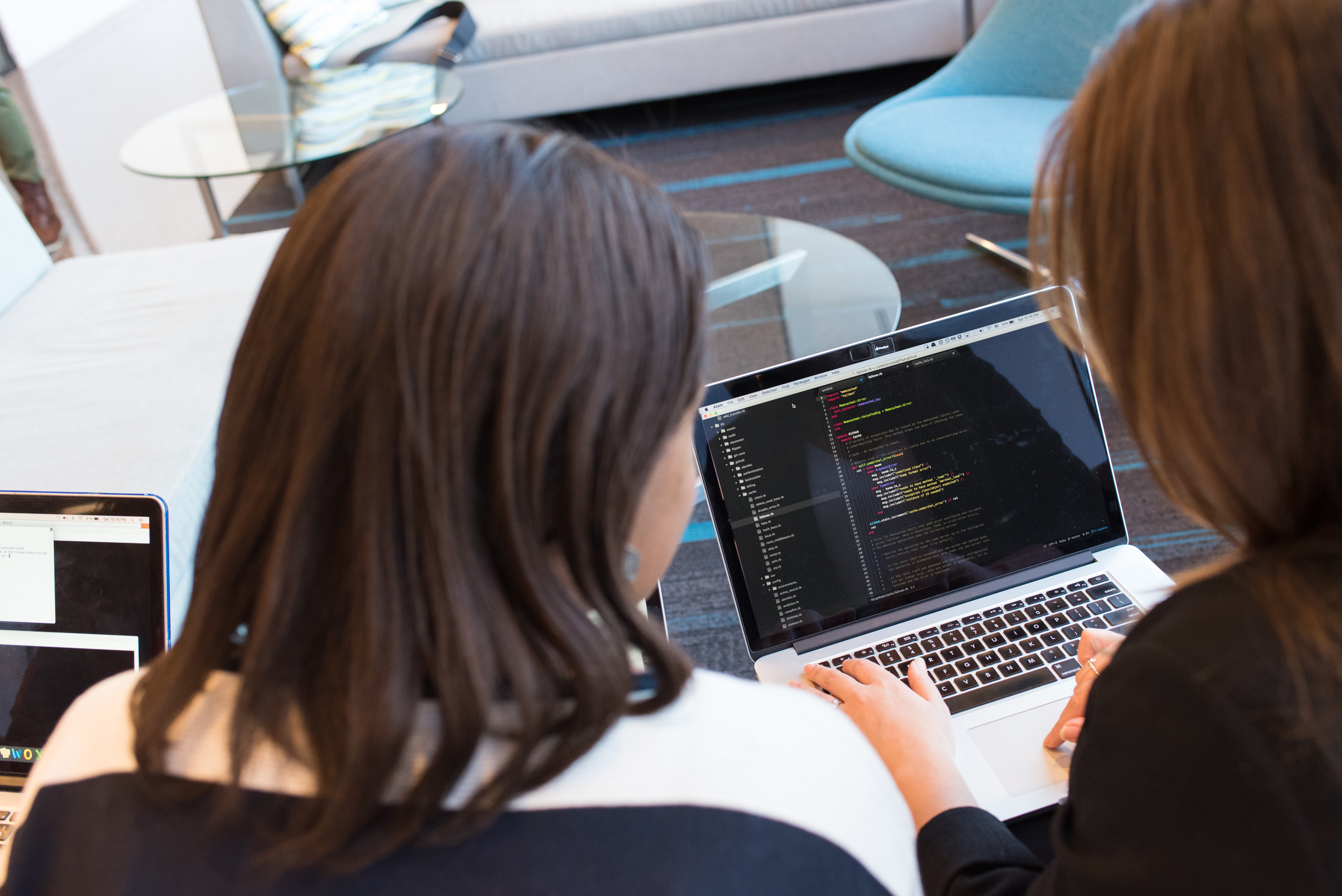Intro to computers and programming
- Computer Basics
- Introduction to Programming
- Introduction to Coding
- Scripting Basics
- Basics of a Programming Language
- Intermediate Programming
- Introduction to Object Oriented Programming
- Practical Uses of Scripting
- Algorithms and Data Structures
- Managing Code Project
- Real World Coding Examples
Managing Code Project
Collaborative Coding Practices

Collaborative technique for software development.
Collaborative coding is a fundamental aspect of modern software development. It involves multiple developers working together on a single project, either in real-time or asynchronously. This unit will cover the basics of collaborative coding, including code reviews, best practices, pair programming, and the tools used to facilitate collaboration.
Understanding Code Reviews
Code reviews are a standard practice in software development where developers check each other's code for mistakes, inefficiencies, or areas that can be improved. They are an excellent way to maintain code quality and ensure that everyone on the team understands the codebase. Code reviews can be formal or informal and can be done before or after the code is merged into the main codebase.
Best Practices for Collaborative Coding
When coding collaboratively, it's essential to follow certain best practices to ensure the process is efficient and productive. These include:
- Coding Standards: These are a set of guidelines for writing code. They ensure that the code is consistent and easy to read, which is crucial when multiple people are working on the same project.
- Code Comments: Comments in the code can help other developers understand what a particular piece of code is doing. They are especially useful for complex or tricky parts of the code.
- Documentation: Good documentation is crucial for any software project. It helps new developers get up to speed quickly and serves as a reference for the entire team.
Introduction to Pair Programming
Pair programming is a technique where two developers work together at one workstation. One developer, the "driver," writes the code, while the other, the "navigator," reviews each line of code as it's written, providing feedback and suggestions. Pair programming can lead to higher quality code and is a great way to share knowledge within the team.
Tools for Collaborative Coding
There are many tools available to facilitate collaborative coding. Integrated Development Environments (IDEs) often have features that support real-time collaboration, similar to Google Docs. Communication tools like Slack can help keep the team in sync, and project management tools like Trello can help manage tasks and deadlines.
Case Study: Open Source Project Collaboration
Open source projects are a great example of collaborative coding. These projects are publicly accessible and allow anyone to contribute. They rely heavily on tools like Git and GitHub for version control and collaboration. A well-known example is the development of the Linux operating system, which has contributions from thousands of developers worldwide.
In conclusion, collaborative coding is a crucial aspect of modern software development. By understanding and implementing code reviews, best practices, pair programming, and using the right tools, teams can work together more effectively and produce higher quality code.